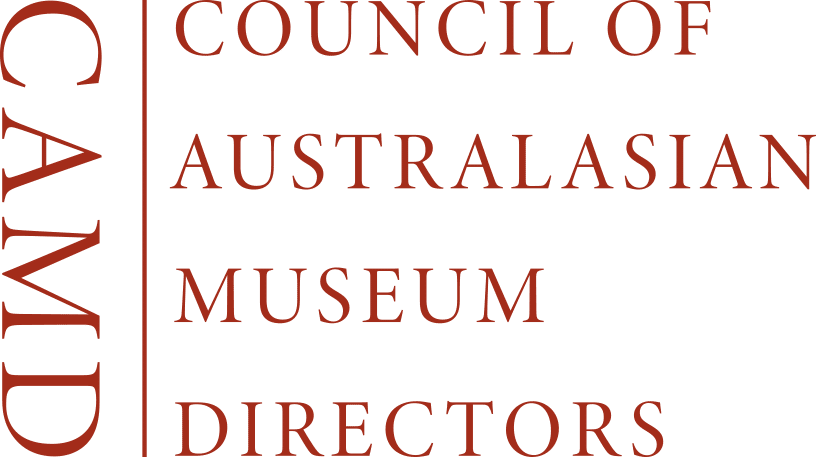World Heritage Places – Murujuga Cultural Landscape, Department of Climate Change, Energy, the Environment and Water, July 2025
The Murujuga Cultural Landscape was inscribed on the World Heritage List on 11 July 2025.

We acknowledge the Yaburara people, the Traditional Owners of Murujuga, who have managed this Land and Sea Country for thousands of generations. We pay respect to the Ngarluma, Yindjibarndi, Yaburara, Mardudhunera and Wong-Goo-Tt-Oo people who all come together to care for Murujuga today.
We recognise their continuing connection to the Murujuga Land and Sea Country and thank them for their continuing efforts to protect this Country and their generosity in sharing its cultural significance with the rest of the world.
We acknowledge the Traditional Owners and Custodians of Country throughout Australia and the extensive cultural and spiritual connections between Murujuga and surrounding traditional lands and language groups.
We acknowledge in particular the wisdom of Aboriginal Elders past and present and the significant contributions that they have made towards the protection of the Country we share with you through this World Heritage listing.
The Murujuga Cultural Landscape (Murujuga) is located in the Pilbara region of Western Australia. It is the traditional home of the Yaburara people. Today, there are 5 language groups who come together to care for Murujuga: the Yaburara, Ngarluma, Yindjibarndi, Mardudhunera and Wong-Goo-Tt-Oo. Collectively, these Traditional Owners and Custodians are known as Ngarda-Ngarli. In the Ngarluma traditional language the word Ngurra means Country. When the Ngarda-Ngarli refer to Ngurra, they are referring to the Land and Sea Country.
Murujuga consists of 42 islands, islets and rocky outcrops that range from 2 to 3290 hectares. In total it covers an area of approximately 100,000 hectares.

Murujuga has enormous cultural significance to First Nations People. There are an estimated 1-2 million stone carvings in the rocks known as petroglyphs. Murujuga has one of the most dense and diverse concentrations of petroglyphs anywhere in the world. These petroglyphs tell the stories of Ngardai-Ngarli over the last 50,000 years. The petroglyphs document:
- social and life sustaining activities
- ceremonies and rituals
- animals and plants
- complex spiritual beliefs and social systems.
The petroglyphs also represent:
- movement of ancestral creation spirits
- interaction between generations of ancestors and the landscape
- the connection between First Nations People and their history, identity and sacred beliefs.
The Ngarda-Ngarli consider the landscape a living part of their identity layered with important stories. When visiting they:
- sing out to Ngurra to announce their presence
- speak to Ngurra when welcoming visitors
- outline rules to ensure respect and cultural safety.

The Murujuga Cultural Landscape, otherwise known as the Dampier Archipelago, is also included on the National Heritage List.
Photos supplied by Ngarluma, Yaburara, Mardudhunera, Yindjibarndi, and Wong-Goo-Tt-Oo peoples via the Murujuga Aboriginal Corporation.
Murujuga translates to ‘hip bone sticking out’. The sea level was once lower than it is today. About 18,000 years ago Murujuga was a prominent landmark on a vast arid plain. Around 9000 years ago, when sea levels began to rise, the coastline reached the outer islands and Murujuga started to become a chain of islands. Then, 4,000 years ago Murujuga started to look like the archipelago it still is today. It remains a living being to Ngarda-Ngarli and a place of significant importance.
